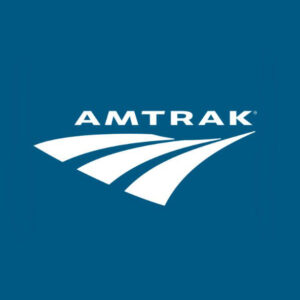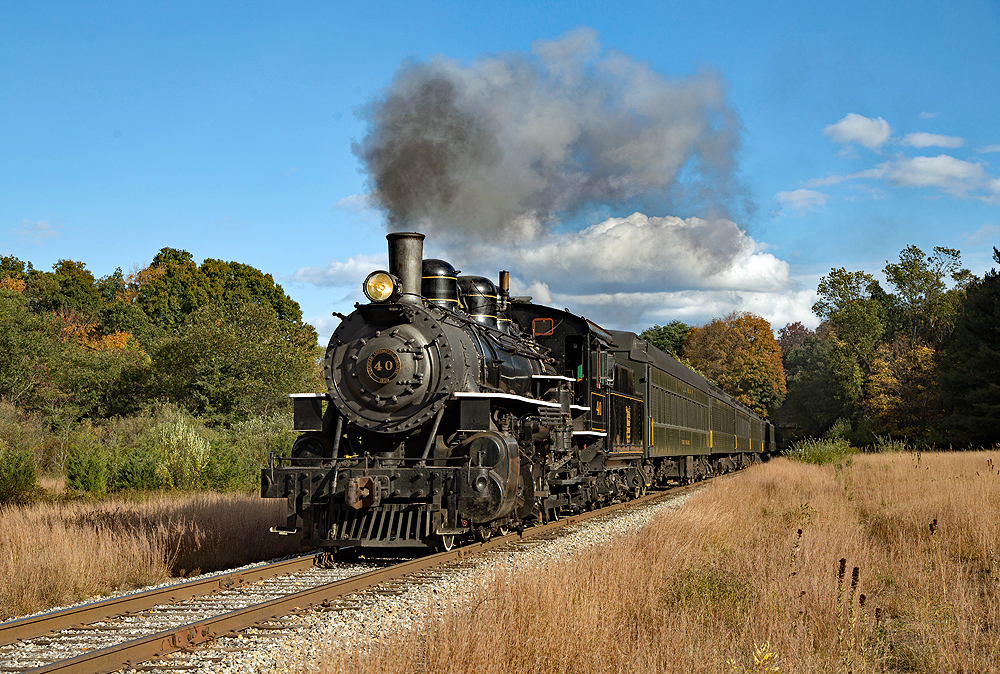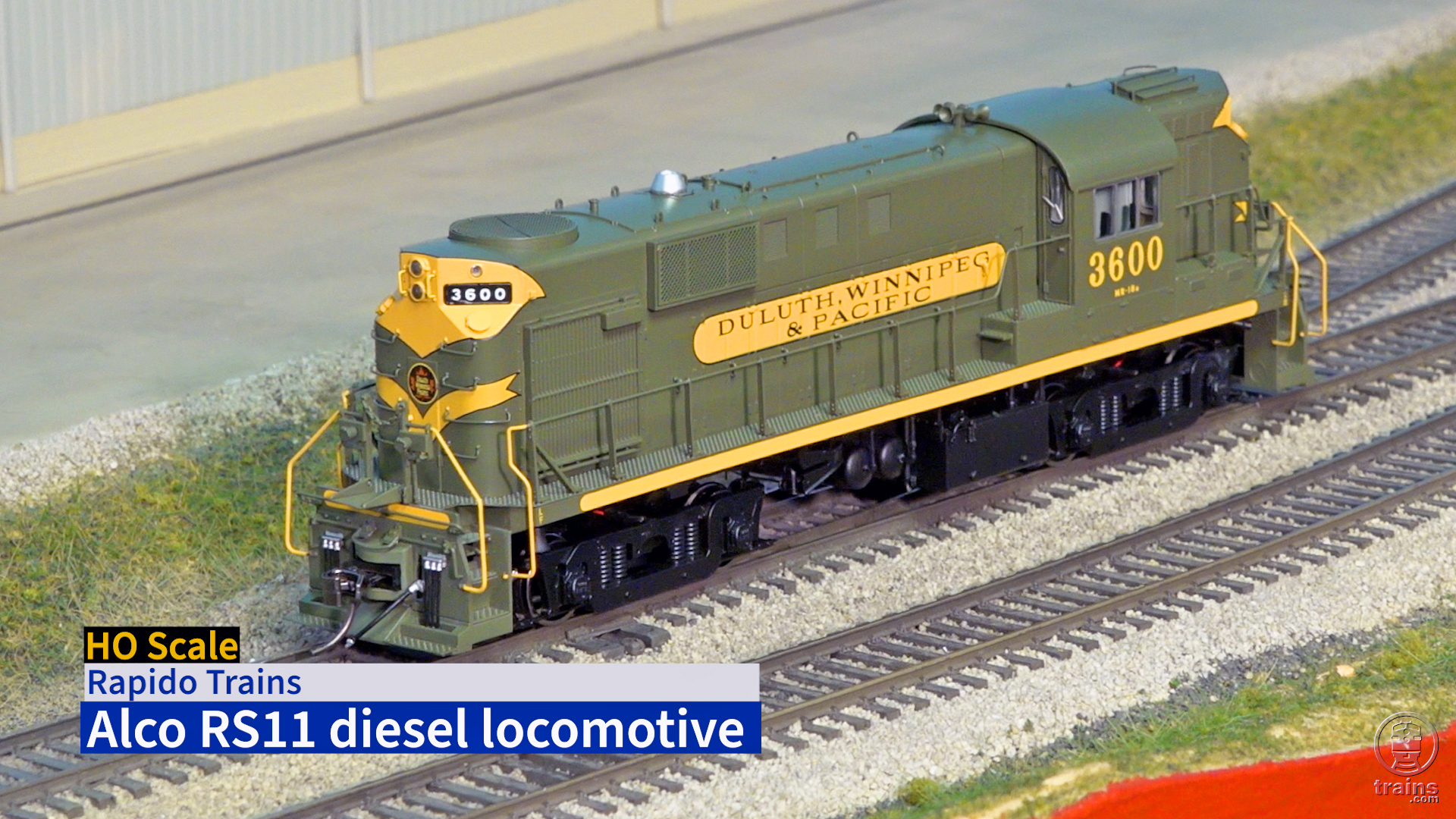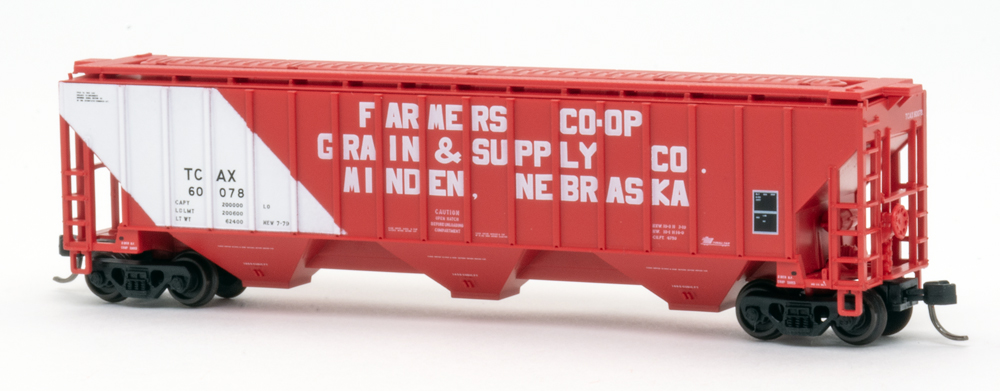 Amtrak will change its policies in the wake of a disastrous trip of a Chicago-bound Wolverine train earlier this month, prioritizing getting passengers off trains without heating, air condition, electricity and/or toilets, the MLive.com news site reports.
Amtrak will change its policies in the wake of a disastrous trip of a Chicago-bound Wolverine train earlier this month, prioritizing getting passengers off trains without heating, air condition, electricity and/or toilets, the MLive.com news site reports.
Passengers involved in the 19-hour trip from Pontiac, Mich., to Chicago that began at 6 a.m. on Oct. 7 were reportedly without all of those things for long periods, with some eventually becoming so frustrated that they let themselves off the train during a delay in Gary, Ind., and crossed an active mainline and a field to call for rideshare vehicles [see “Amtrak Wolverine to Chicago delayed more than 13 hours,” Trains News Wire, Oct. 10, 2022]. The incident has led the Rail Passenger Association to call for the Federal Railroad Administration to review the incident, and that it be allowed to observe that review [see “Rail Passengers Association calls for federal review …,” News Wire, Oct. 21, 2022].
Affected passengers involved in the trip have received an email from Amtrak President Roger Harris apologizing for the trip. That letter, shared with Trains News Wire, says “the service fell far short of what we hold ourselves accountable for and we promise to deliver to our customers” and offering a $100 credit toward future travel, in addition to refunds or credits Amtrak has already offered.
Harris says in the letter that “well-intentioned efforts” tried to keep the train moving “but we should have taken a decision earlier in the day to cancel the service and provide alternative transportation.” The company’s policy revisions will “provide better and faster decision making and better communication of options” to customers, he wrote.
Amtrak spokesman Marc Magliari told MLive the company will seek to “get people off these trains as soon as possible when the comfort systems aren’t working properly.” He also said Amtrak plans to set up an operation center in Delaware to address service recovery efforts from a single location “and make it consistent and make it accountable.”
— Updated at 9:55 a.m. with additional details on letter from Amtrak President Roger Harris.














Perhaps “comfort systems” is apt for electricity, air conditioning or heating for most folks but tell me anyone who considers working toilets to be mere “comfort systems”?
All these Amtrak people who are in offices at desks for a living, let’s turn the water off in their buildings so their toilets don’t flush and see how long it takes for them to get this figured out.
You’re obviously too young to remember when public bathrooms were euphemistically known as “comfort stations.”
Charles- Thanks for the information. I might add that in the early days of the traction companies a majority of them were owned by the power companies who supplied power to the cities and towns they served. Regarding any trollies or buses serving surburbs, it is quite possible that many surburbs were not served by any public transit. As the private automobile became more popular and plentiful, people living in the surburbs ditched any public transit for the car. This is true of today. All over the United States., many surburbs have no buses or trains and only the private automobile is the way to get around. It would seem that the majority of the surbanites prefer it that way.
Joseph C. Markfelder
I would be interested in knowing if there is any other Amtrak route with the Siemens Chargers with regular 110mph service. The Wolverine, if memory serves runs 110mph from west of Kalamazoo, MI all the way to New Buffalo, IN
Brightline is just now testing 110mph service on their Siemens equipment now that the signaling upgrades are in place, but before were limited to no more than 78mph. So they have yet to push the equipment very hard.
I am not calling out the Chargers or Amtrak maintenance, I am wondering what daily 110mph service does to motive power of the current generation? Even Chrysler didn’t know why the front brakes were failing prematurely on their LH sedans in the early Aught’s until they found that (along with cheap materials) there was a heat buildup in the front wheel well at speed, typically over 60mph, which caused them to wear out prematurely.
There might be something at 110mph operation that simply wasn’t anticipated.
Years ago, we were travelling North out of Toronto when a freight train ahead of us encountered some difficulty. The ONR organised school buses to shuttle betewen the two passenger trains, both of which had reversed direction, and get the passengers to their destinations as soon as possible. We made our onward connection.
Now, I understand Michigan and Indiana are not Northern Ontario, but surely Amtrak can find some sort of buses and arrange to move their stranded passengers.
The bus is the workhorse of the transportation world. It may not be the fastest means of getting somewhere but whenever the train isn’t running or forced to shut down due to repair work on the tracks or some accident or weather related issue, the bus is called upon to fill in. It is no wonder that citiees gave up their traction systems for the mobility and flexibility of the transit bus. In the days of the Old West, while the railroads were being built to serve every area of the country, some towns were not served by a train but depended on the stagecoach to get around. From those stagecoach lines came the development and birth of the bus.
Some of those bus lines today reflect their beginings from the stagecoach by having the name Stages in their name
Joseph C. Markfelder
Forty years ago, I could go about anywhere by bus — frequent service and good connections. Now, at least in Pennsylvania, good luck getting a bus, and connections are almost non-existent. In fact, some routes only exist because of state subsidies.
JAMES — There’s one place I frequent where you can get from there to anywhere by bus: Boston’s Logan International Airport. The frequency and the variety of bus routes to the airport is astounding. Cape Cod, Providence, Framingham, you name it. I’ve been to many airports and never seen anything like Logan for bus connections.
JOSEPH — I can name three transit bus lines called “Street Railways” long after the actual street railways stopped running:
Detroit’s city buses were called DSR, for Department of Street Railways, until renamed D-DOT in the 1970’s.
Two suburban bus companies, Middlesex and Boston Street Railway and Eastern Massachusetts Street Railway, were absorbed into MBTA in the 1960’s. The two companies actually were three services. M&B ran west from Boston. EM ran from downtown Boston to the North Shore. It also ran from Fields Corners, a stop on what’s now called the Red Line subway in Boston’s Dorchester district, to the South Shore.
With the Red Line since extended to Quincy and Braintree, the Quincy Center Red Line Station became the hub for South Shore bus routes, replacing Fields Corners.
Other than that they once existed, I know ZERO about suburban street railways in metro Boston. I’ve never seen coverage in anything I’ve read, nor did the elders in my Massachusetts youth ever talk about them. I do know that my father commuted from Roxbury (Boston) to Quincy’s Fore River Shipyard during the war (before I was born), but he never mentioned how he got there.
Plymouth & Brockton Street Railway still runs a good service from Boston to Cape Cod – by MCI bus.
What about a passenger that doesn’t mind waiting…what about those few people that would rather just stay on the train and wait until it arrives at it’s destination? Are you going to force them off the train and make them ride the bus or whatever alternate means of transportation Amtrak provides?
Don’t manufacturers usually have on site technicians for some time after purchase to troubleshoot & train mech staff on new equipment? I know they have had some on board for some Empire Bldr trips to monitor the new locomotives. In a time of virtual communication they should have a technician who could walk them through issues that develop.
This incident is exactly what happened to me and my train, crew and passengers 3+ years ago in the San Joaquin valley. We were bailed out by BNSF giving us a freight motor. Amtrak drug their feet until nothing could be done; the passengers were pissed and so were we. Amtrak’s handling of the whole thing was deplorable as I am sure it was in this recent failure. All I got was “this can never happen again “ and what do we do about it, no concrete answers from management. And now it happened again. Fire all of the board of directors, get rid of at least half of the middle managers and get people in there that know how to railroad and not some damned political appointee and let them railroad.
This is just a bunch of mess written on paper to appease the critics so the critics go away. No real changes are occurring, nor will they occur under current management.
The main issue is repeated engine failures. Until Amtrak has enough staff that is willing and able to do their jobs, these incidents will continue.
There have been issues in the Chicago maintenance yard since Amtrak started. At first, it was blamed on Penn Central. I don’t think any of those people are still around. When is Management going to go in there and make a sincere effort to figure out the problems. It is obvious the employees are not doing their best. Something needs to be done to change the culture.
Culture change is the right answer — all the way from the top to the very bottom — and side to side. AMTRAK shouldn’t have needed to make a policy change. It should already have been a policy to get passengers off once power failed. And the review needs to center on all aspects of the locomotives — from design to manufacture to maintenance — and certainly a comparison with Brightline.
Left unsaid, but maybe a review of how motive power, especially the new Siemens locomotives, are maintained. Are the shop workers in Chicago and elsewhere being properly taught about these engines? Brightline seems to have no problem with theirs since Siemens people maintain the equipment under contract. Should Amtrak explore doing the same for a limited time?
There is no way that Amtrak unions would allow outside maintenance or outside anything. That’s one of the reasons, but not the only one, Amtrak just keeps muddling along.
In other words, trains only work when they work, and must always be backed up by busses. I feel for the staff of that recovery desk in Delaware. Amtrak spans thousands of miles of city, suburbia, farmland and wilderness. At each fraction of each mile, Amtrak has to figure out how to get a fleet of buses to relieve the train, all within a period of time that the passengers can tolerate. This is a problem with no solution. Imagine if a Transcon breaks down in the middle of nowhere in the middle of the night. Is there a fleet of several buses, with drivers, on standby in each county?
We might add that in between stations, it’s not safe to deboard a train. Day or night, good weather or bad. It might be in rural Kansas, a viaduct in Bronx, a bridge in Louisiana or a remote New Mexico canyon.
This is a very rough parallel to the closure of the heavily used passenger railroad north of San Diego. There’s only one railroad but there are a number of highways. When stuff happens, the train loses and the buses win.